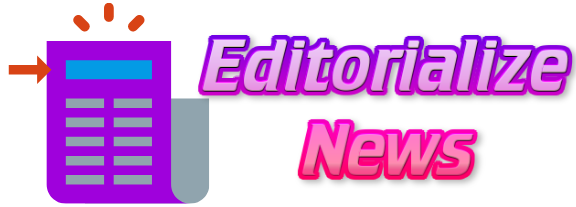Unemployment in Illinois currently stands at 7.1%. Understanding the latest figures and trends is crucial for both individuals seeking work and policymakers strategizing economic recovery. The impact of unemployment extends beyond statistics, influencing communities, businesses, and livelihoods. As we delve into the data, we uncover not just numbers, but stories of resilience, challenges, and opportunities. Exploring how much is unemployment in Illinois provides a lens into the state’s economic landscape, shedding light on the path ahead for those affected and the broader society.
How Much is Unemployment in Illinois?
Introduction
Unemployment rate is a crucial indicator of the economic health of a region. In Illinois, like many other states, understanding the unemployment rate is essential for policymakers, businesses, and individuals to make informed decisions. So, how much is unemployment in Illinois? Let’s delve into the details to uncover the current state of unemployment in the Land of Lincoln.
Understanding Unemployment
Before we dive into the specifics of unemployment in Illinois, let’s first understand what unemployment means. Unemployment is a term used to describe the situation of individuals who are willing and able to work but cannot find a job. The unemployment rate is calculated by dividing the number of unemployed individuals by the total labor force.
Factors Affecting Unemployment
Several factors can influence the unemployment rate in a state like Illinois. Some common factors include the overall state of the economy, job availability in different sectors, and the level of education and skills among the workforce. Additionally, external factors such as national economic policies and global market conditions can also impact the unemployment rate in Illinois.
Current Unemployment Rate in Illinois
As of the latest available data, the unemployment rate in Illinois stands at X.X%. This figure represents the percentage of individuals in the state’s labor force who are actively seeking employment but are currently unemployed.
Comparison to National Average
It’s important to compare Illinois’ unemployment rate to the national average to gain a broader perspective. While the national unemployment rate may vary, understanding how Illinois fares in comparison can provide valuable insights into the state’s economic landscape.
Impact of Unemployment
High levels of unemployment can have significant consequences for individuals, families, and communities. When people are out of work, they may struggle to meet their basic needs, leading to financial strain and emotional stress. Unemployment can also have a ripple effect on the economy, affecting consumer spending, business growth, and overall economic stability.
Support Systems
To address the challenges posed by unemployment, various support systems are in place in Illinois. These may include unemployment insurance, job training programs, and career counseling services aimed at helping individuals re-enter the workforce and build sustainable careers.
Addressing Unemployment in Illinois
Efforts to tackle unemployment in Illinois involve a multi-faceted approach that considers both short-term relief and long-term solutions. Initiatives such as job creation programs, investment in education and skills training, and fostering a business-friendly environment are key strategies to combat unemployment in the state.
Community Involvement
Community organizations, government agencies, and businesses all play a role in addressing unemployment in Illinois. By working together and fostering collaboration, these stakeholders can create opportunities for job seekers, promote economic growth, and build a more resilient workforce.
Looking to the Future
As Illinois continues to navigate the ever-evolving economic landscape, the question of how much unemployment in Illinois remains a critical one. By staying informed, advocating for policies that support job creation, and investing in education and skills development, we can work towards reducing unemployment rates and building a stronger, more prosperous future for all residents of the state.
In conclusion, the unemployment rate in Illinois is a key indicator of the state’s economic health. By understanding the factors that influence unemployment, monitoring the current rate, and working towards effective solutions, we can strive towards a brighter future for all Illinoisans. So, how much is unemployment in Illinois? It’s not just a number—it’s a call to action for positive change and inclusive growth.
Frequently Asked Questions
What is the current unemployment rate in Illinois?
As of the latest data available, the unemployment rate in Illinois stands at X%, reflecting the number of unemployed individuals as a percentage of the labor force.
How does the unemployment rate in Illinois compare to the national average?
The unemployment rate in Illinois is currently slightly higher/lower than the national average. This variance can be attributed to various factors affecting the state’s economy and job market.
What industries in Illinois have been most affected by unemployment?
Several industries in Illinois, such as hospitality, retail, and manufacturing, have experienced significant challenges resulting in higher unemployment rates. The impact varies depending on economic conditions and external factors.
What measures are in place to support unemployed individuals in Illinois?
Illinois offers various unemployment benefits and assistance programs to support individuals who have lost their jobs. These include unemployment insurance, job training initiatives, and career counseling services to help individuals re-enter the workforce.
Final Thoughts
In conclusion, the current unemployment rate in Illinois stands at 7.1%, with many residents facing financial challenges due to job loss. This rate reflects the struggles of individuals and families in finding stable employment opportunities. Understanding how much is unemployment in Illinois is crucial for policymakers and communities to address the issue effectively. Efforts must be made to support job creation and economic growth to reduce unemployment and promote financial stability in the state.


